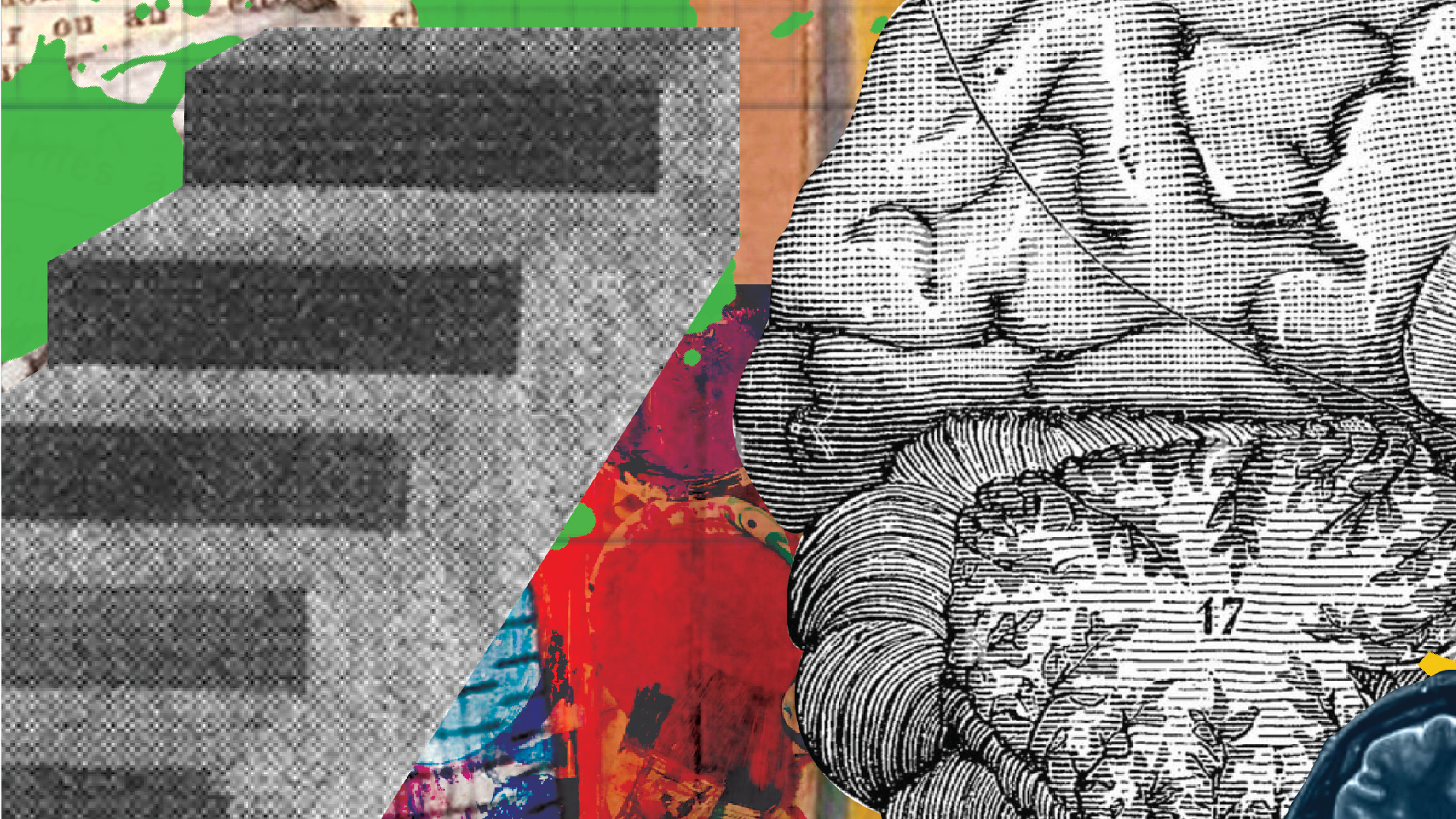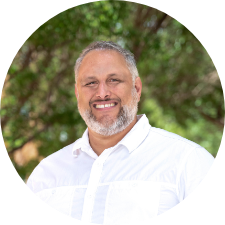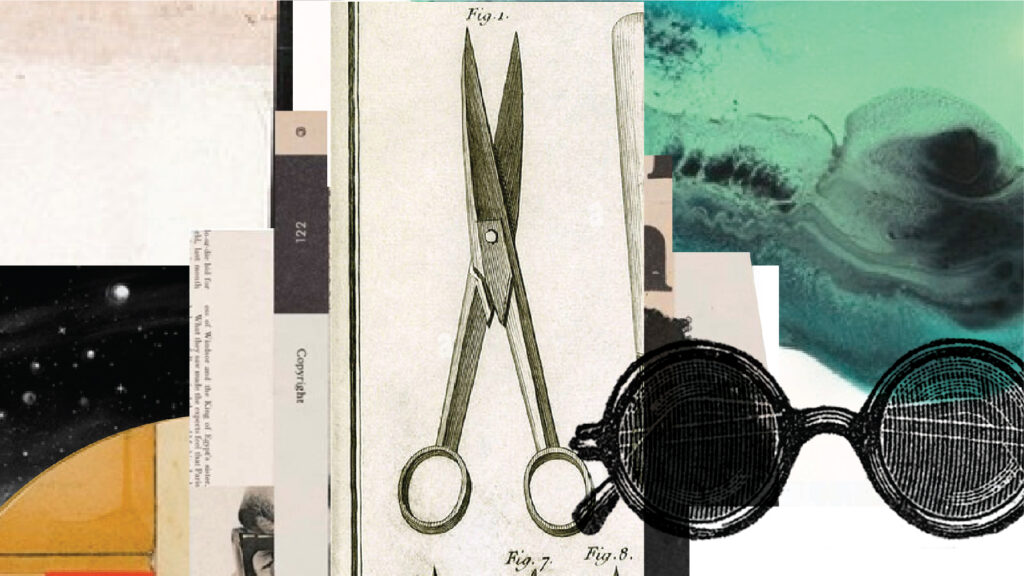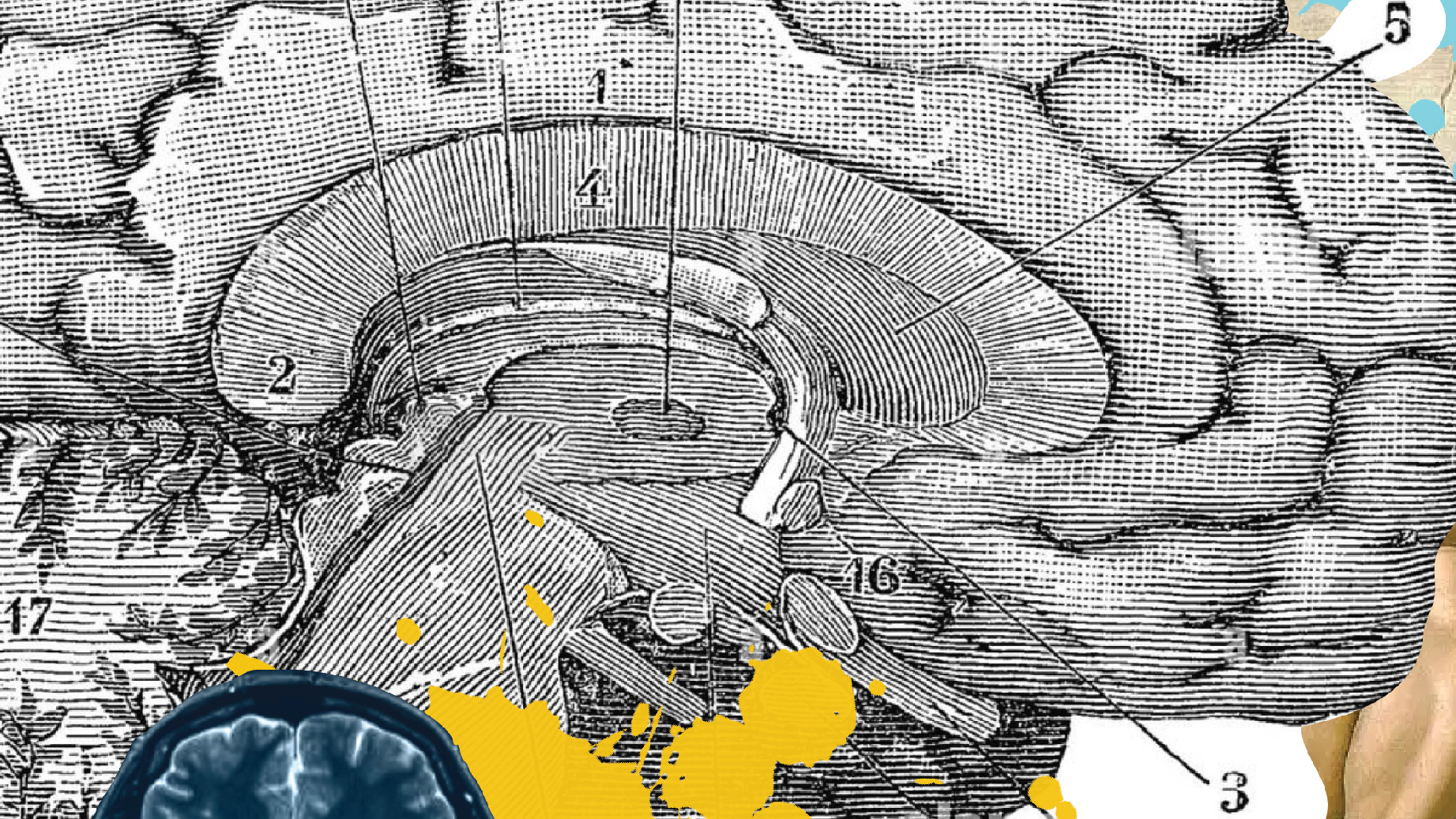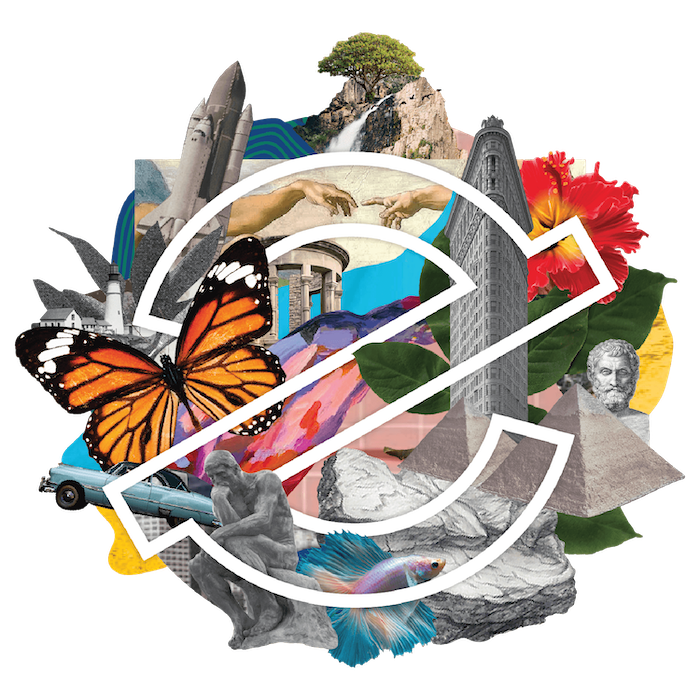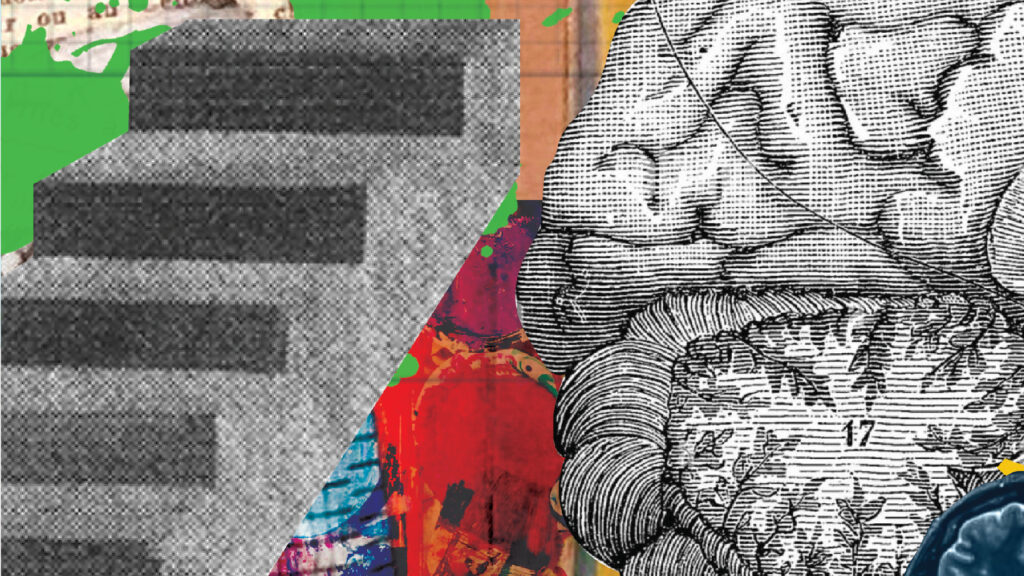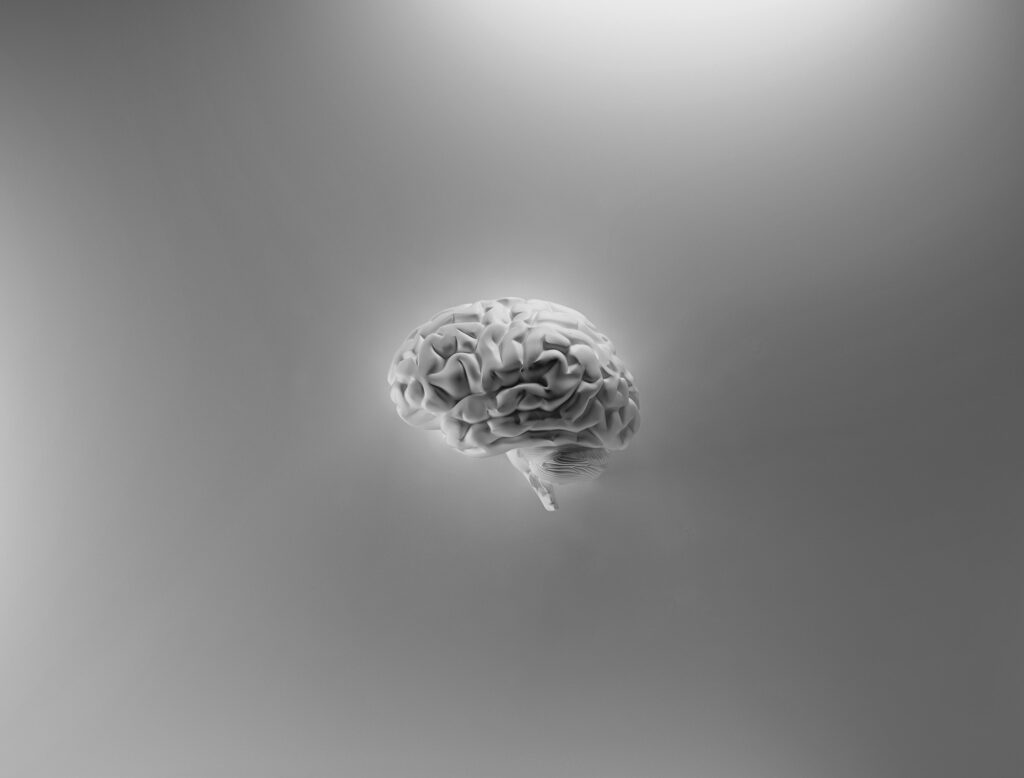
“Fake joy.” Those words hung in the room as the young man sat quietly, working through the realization that he had been conditioned over time to protect himself emotionally by projecting an image of strength and invulnerability to the “real” world, where he was susceptible to emotional wounds. He would only relate to people emotionally through stories or film, empathizing with two-dimensional, static characters in a narrative he could control. They were safe, but they were not real. He grew up in an overly machismo culture and was exposed to sexually explicit material at a young age. He was also sexually abused by an uncle who was the only affirmative male influence in his life, so emotional vulnerability was not something that came easy. As a serious follower of Jesus he has moved through some of this woundedness in a Christ-centered twelve-step recovery program, but through Eden Project’s God image diagnostic assessment, he was coming to grips with the fact that at some level this “fruit” of the Spirit was manufactured out of emotional protective measures habituated over time both to project an image of health and also remain at an emotionally safe distance. After a pregnant pause, his next words were quiet: “That’s interesting.” Yes, it is.
Though the specific expression of my friend’s coping strategy is unique to him, the raw material of fear, insecurity, shame, confusion, anger, etc. driving him to cope is common to all of us. To some extent this is self-evident, although I would venture to say most of us attribute this to a superficial “that’s just the way it is” mentality, either subconsciously or in an active suppression of what is readily apparent, or more likely both.1 If we are self-aware, some (or even most) of what runs through our minds and hearts terrifies us. Like my friend, many of us do not feel safe to be completely honest and vulnerable with the many ways we are broken, leaving us emotionally isolated, even if we seem to be thriving on the outside. And none of us can grasp just how deeply broken we actually are. The moment this stark reality begins to be grasped is a disorienting one. We begin to realize that though our outer world (i.e. behaviors, habits, relational interactions, disciplines, etc.) may be mostly in order, or what we perceive to be acceptable, our inner world is often disorganized or even chaotic. As John Coe said, “There exists a serious gap in the mind of many believers between what they know to be the goal of sanctification and growth and where they know they actually are in their life.”2 We might be good at doing the right thing, but we rarely know who we actually are, nor do we adequately understand the complexities that drive us. Why is this, and how did we get here?
In Book 3 of Metaphysics, Aristotle said, “For those who wish to get rid of perplexities it is a good plan to go into them thoroughly . . . those who start an inquiry without first considering the difficulties are like people who do not know where they are going . . .”3 As the great philosopher Yogi Berra used to say, “If you don’t know where you’re going, you might not get there.” Unfortunately, I’m afraid quite a few people walking the path of faith do not know where they are going, and are unaware of the dangers they face along the way.
The Problem with Dualism
One of the major barriers that hinders us from moving thoroughly into the perplexities of how we are formed is the generally accepted assumption that a stark division exists between our immaterial minds and material bodies. This type of anthropology is pervasive in religious circles and is nothing new. From the dualism of Zoroastrianism to the Gnosticism refuted by the early Christian apologists4 to the creep of Manichaeism and its persistence into the Middle Ages, not only did the Platonic mind/body dualism survive, in various forms over the years it infiltrated the Church, indeed, all of western thought.5 While the core tenets of Gnosticism were rejected by the orthodox Church, remnants of its anthropology influenced various influential thinkers, including René Descartes. Descartes is not solely responsible for its prevalence today, but his Passions of the Soul pushed this mind/body distinction forward significantly.6 At the time the Church felt threatened by scientific inquiry because of perceived implications of scientific conclusions on religion, but Descartes alleviated some of this by suggesting the religious spirit is separate from the physical body, and that the field of science could never touch religious belief. However, the rise of neuroscience in the middle of the seventeenth century gave way to a purely materialist explanation of mental activity, doing away with a separate, immaterial mind. As Schwartz and Begley argue:
If there is a single fundamental underpinning in the intellectual tradition of Western scientific thought, it is arguably that there exists an unbridgeable divide between the world of mind and the world of matter, between the realm of the material (which is definitely real) and the realm of the immaterial (which, according to the conventions of science), is likely illusory.7
The Church clearly rejected materialism as a worldview, instead embracing (for the most part) the Cartesian dualism that lay the foundation for the present tendency to separate the mind from the body. The scientific community, however, almost universally embraced materialism and thus began treating the material “machine” with pharmacological interventions without any consideration of the function of the mind or the role of emotional formative experiences.8 Shockingly, the medical field (especially psychiatry) often treats a physical symptom with no consideration of its source. Psychiatrist Bessel van der Kolk describes his experience as an attendant on a mental health floor: “I was often surprised by the dispassionate way patients’ symptoms were discussed . . . Our increasing use of drugs to treat these conditions doesn’t address the real issues.”9 Dan Siegel shares a similar experience: as a medical student he inquired about the correlation between emotional and physical well-being and his supervising physician responded, “If you want to be a real doctor, you need to stick to the physical.”10 It’s as if “the field has been losing its mind in favor of the brain.”11
Medical field aside, the broad assumption of a Cartesian understanding of anthropology in the Church is revealed in common phrases I hear from time to time: “You are a soul trapped in a physical body,” or “You don’t have a soul, you are a soul. You have a body.” While this dualistic pitting of the spirit against the body is an ancient one that has consistently reared its head, it has always been and remains very much not Christian. Christianity is not the separation of our souls from our bodies nor our mind from our brain nor our experience from biological process, but the integration of all aspects of the human self by the work of the Spirit.12 As mentioned above, one of the (many) mistakes of materialism is to treat the physical symptom without consideration of factors outside the body. But the dualism in the Church makes the opposite mistake. We attempt to treat the spiritual symptom with little to no regard of the biological factors at play. One might call this spiritual pharmacology. Yet to arrive at a healthy understanding of the complexities of formation into Christlikeness (as Aristotle would have us do), our approach must be holistic, factoring not only the immaterial aspects of the self, but the material, biological ones as well.
Unfortunately, the relationship between the scientific community and people of faith has not generally been a good one. For a long time, mental health professionals viewed faith as a threat to well-being, which obviously did not garner trust among believers and contributed to this growing soul vs. body dualism, creating an environment where both sides ignored one another at best, and sometimes even attacked the other. As materialism and the liberal theology that developed to accommodate it rose in the modern era, instead of engaging it with the gospel, evangelicals tended to shelter in Cartesian dualism and draw battle lines that directly fed the culture war so pervasive today. This entrenchment resulted in something Darrow Miller calls evangelical gnosticism, the belief that the spirit is good and the body is at best neutral and at worst, bad.13 But what was needed was integration. In recent years both scientists and theologians have begun to appreciate (even champion) interdisciplinary cooperation, recognizing the failure of the prevailing models of the last three hundred years.
Dualism, with its assertion that there are two irreconcilable kinds of stuff in the world, and materialism, with its insistence that there is only the material, should both be tossed on the proverbial trash heap of history . . . Dualism leads us to a dead end; materialism doesn’t even let us begin the journey.14
In his book The Developing Mind, psychiatrist Dan Siegel introduces the concept of interpersonal neurobiology (IPNB), which developed out of a group of forty scientists from various disciplines meeting at UCLA over four years.15 IPNB seeks to integrate our understanding of a variety of disciplines pertaining to the brain, the mind, and interpersonal relationships to show how interrelated these actually are. To gain a comprehensive understanding of what is happening, an appreciation of every source of knowledge at our disposal is needed.16
Drawing primarily from the fields of neuroscience and psychology, God & the Brain seeks to show 1) how humans develop neurobiologically from conception to adulthood, 2) how the developmental process is affected by early formative experiences and patterns of attachment with parents or seminal figures, 3) how each of us psychically creates our own internal world that serves as the lens we view everything through, and 4) how that internal reality relates to the external world. The material you will find in this section of Eden Resources lays the foundation we will work off of to understand how each of us constructs our own unique view of a being we call “god,” and the relationship each view of “god” has on Christian discipleship and spiritual formation.
